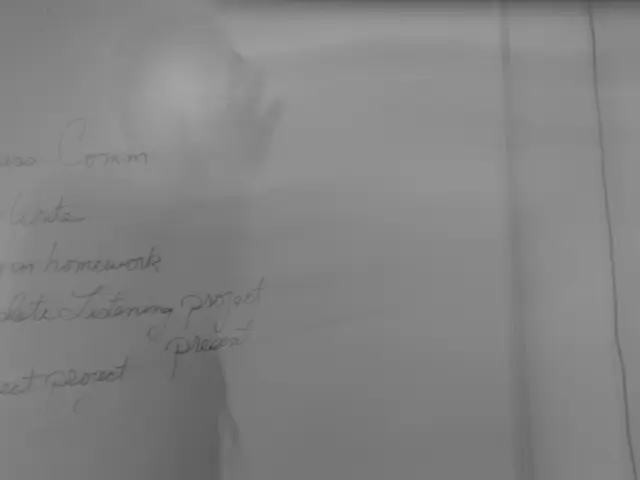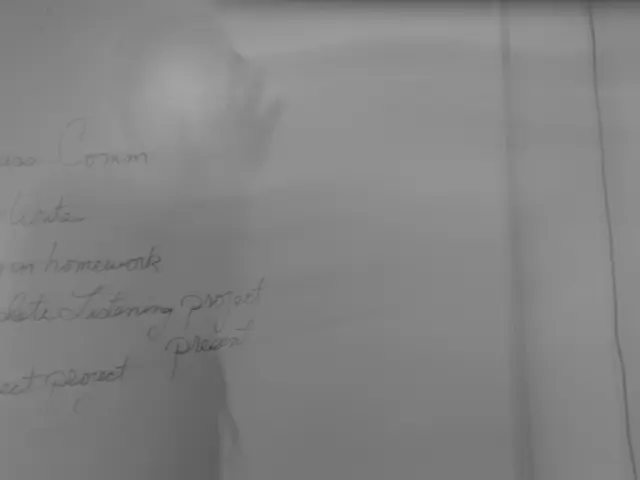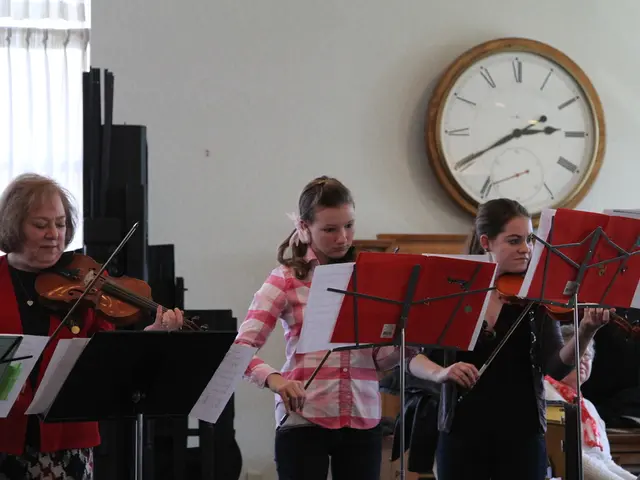Public education expenditure reaches a record $15K per student, according to Governor Abbott's statement.
Sign up for TPR Today, Texas Public Radio's newsletter that brings our top stories to your inbox each morning.
During his full-force push to pass private school vouchers this legislative session, Gov. Greg Abbott repeatedly painted a bright picture of Texas' public school system.
"Public education funding is at an all-time high. Funding per student is at an all-time high," said Abbott during his State of the State address earlier this year, where he designated "school choice" an emergency item for the 2025 legislative session. "Improving education requires more than just spending money."
After years advocating for the change, Abbott recently celebrated victory in that battle. Earlier this month, he signed into law a bill that creates a program allowing parents to use public funds toward private education through state-managed education savings accounts. Texas is set to spend $1 billion on these school vouchers during the program's first two years.
Meanwhile, with just weeks left on the clock before the Texas Legislature adjourns on June 2, a bill increasing funding for public schools is nowhere near completion.
Throughout this session, the governor's official Facebook page has pushed a relentless campaign in favor of school vouchers, largely based on the claim that public school funding is already at an all-time high.
One post claiming to separate "school choice" myths from facts repeatedly declared that "the average funding per student in public schools is over $15,000."
The governor's office posted the same graphic on eight separate occasions between February and April.
On another eight occasions, Abbott's office posted a graphic claiming "public education funding is at an all-time high of $85 billion."
Both statements, while technically and numerically true, are misleading.
Experts explain that these figures use numbers, math, and averages that distort the actual impact felt by most public schools in Texas. By including all the money distributed by the Texas Education Agency, the numbers ignore rising costs due to inflation and the fact that a substantial part of TEA funding is not used for day-to-day school operations.
The figures championed by Abbott's office are also based on data from the 2022-2023 school year, when school districts still had access to unprecedented amounts of temporary federal money allocated to help academic recovery following the COVID-19 pandemic. That temporary federal money has now dried up.
"Per-student funding is at an all-time high, and anyone claiming otherwise is deliberately misleading Texans," said Andrew Mahaleris, the governor's press secretary, in an emailed statement responding to TPR's analysis.
"Governor Abbott has provided more funding for public education than any Texas governor and signed into law one of the biggest teacher pay raises in our state's history," Mahaleris added. Since Abbott took office, Texas has increased funding to over $70 billion, an all-time high according to the Texas Education Agency."
The document Mahaleris linked to in his statement lists the agency's total annual funding for the 2022-2023 school year as $85.33 billion, which works out to $15,503 each for the 5.52 million students enrolled in Texas public schools in that year.
However, that same report made clear that, when adjusted for inflation, the $85.33 billion total funding is not a record-breaking all-time high per student. It stated that, when adjusted for inflation, total funding per student was about the same in 2023 as it was in 2020: $12,140 in 2022-2023 and $12,113 in 2019-2020.
In his emailed response to TPR's request for comment, Mahaleris also pointed to the same TEA report as proof that "even after adjusting for inflation, 2023 was still the year with the highest funding, with an inflation-adjusted increase of 23% since Governor Abbott took office."
However, page 11 of that report also shows total inflation-adjusted funding increased by less than 1% between FY 2020 and FY 2023. And FY 2023's number was shored up by federal COVID dollars that weren't available in FY 2020, and were mostly spent by FY 2025.
Measuring an upward or downward trend is largely dependent on what years are included. Pages 11 and 12 of the report do not include calculations for this year or last year, stating that the data is not yet available. While final data for the two most recent years is not available, preliminary data is. TEA also chose to include that preliminary data on page 5 of the report, ending in FY 2025 instead of FY 2023. Ending with FY 2023 would have shown a decline in revenue.
Pages 3-5 of the report lists the state and local funding provided to Texas public schools for operational expenses like salaries, utilities, and instructional materials. Page 5 shows that schools received $11 less per student in weighted average daily attendance in FY 2014 than in FY 2023 after adjusting for inflation. By FY 2025, TEA was able to report a 1% increase compared to FY 2014.
Texas calls the state's funding formula for operational expenses the Foundation Schools Program, or FSP. FSP determines how much money schools get by multiplying the basic allotment by the weighted average daily attendance, or WADA. The basic allotment is the minimum amount allocated per student in Texas public schools. "Weighted average daily attendance" is determined by combining a school's attendance and the characteristics of the students and the school. Weights are added to the attendance if students have higher levels of need, like being low-income, and if schools are more expensive to operate because they are small. (The weights make WADA much higher than enrollment: 7.2 million instead of 5.5 million in 2023.)
The funding amounts used by the governor in various social media posts are based on the total revenue, including all of the revenue that both the TEA and the state's public schools receive, including federal funding for school lunches, and local bond money that can only be used for construction. However, total funding includes more than just state spending, and it may be misleading to use total funding instead of just the funding available to operate schools.
School finance experts suggest that clarity is essential when discussing school funding. In his February State of the State address, Abbott did not make the sources of revenue he was pointing to clear. He simply said that "public education funding" and "funding per student" are "at an all-time high."
Advocates have been calling for an increase in the basic allotment since the 2023 legislative session. They argue that increasing this basic allotment is the best way to combat the rising cost of education caused by inflation since it is the number the state funding formula uses to calculate how much money schools get. However, more than 80% of school districts will need to make budget cuts next school year and 63% think they will end the current school year in a deficit.
- The governor's office, in promoting school vouchers, has emphasized that public education funding is at an all-time high, but experts contend that the figures used distort the actual impact felt by most public schools in Texas.
- While Governor Abbott claims that he has provided more funding for public education than any Texas governor, an analysis by TPR shows that, when adjusted for inflation, the current funding per student is not significantly higher than it was in 2020.
- meanwhile, the ongoing debate over school funding in Texas politics has emerged as a significant point of discussion in general-news, with advocates calling for an increase in the basic allotment to combat rising costs of education.








